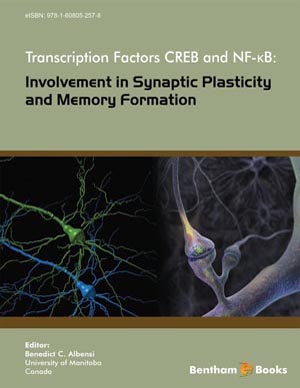Abstract
Information storage is a fundamental capacity of neuronal circuits that underpins all higher cognitive functions including long-term memory formation, working memory, behavioural control and language. The storage of information requires alterations in strength and pattern of synaptic connections in key brain structures such as the hippocampus. It is now clear that such memory-associated synaptic plasticity is driven by a cascade of gene transcription and new protein synthesis. Here, we review how the use of high-throughput microarray platforms and bioinformatic in silico analyses is now revealing an extensive, integrated transcriptional programme underpinning synaptic plasticity that confirms roles for the previously well-characterised transcription factors NF-κB and CREB but also implicates more novel players such as SRF, NFAT and HIF-1. The transcriptional programme likely sees recruitment of tens of transcription factors and hundreds of genes, orchestrated through the three core periods of synapse destabilisation, new synapse construction and selective synapse retention. We discuss the nature of the contributions of NF-κB, CREB, SRF and NFAT to cognitionassociated synaptic plasticity and present new data to support a biphasic role of HIF-1 during the early memory consolidation period.
Keywords: Water maze, passive avoidance, hippocampus, long-term memory, Transcription control, HIF-1, SRF, NFAT, CREB, NF-kB, microarray, transcription factor motif.






















